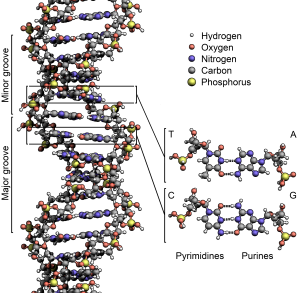Richard Buckland, a professor of computer science, has a very elegant explanation on how to think like a scientist. Even though these steps are aimed at his computer science students, for me this has more general meaning and purpose. Richard’s simple five step process of getting into a scientific mindset are:
- The moment you encounter an interesting problem, always try to solve it and never give up.
- While solving the problem, always ask more questions.
- To make the process of solving problems easier, break it into different parts.
- Profit from your path to solving the problem, and from the solutions you created.
- Look for more problems to solve.
I love this five step process because it summarizes concisely the thought process of a scientist. What we are doing at nanoveda with nanotechnology and cancer research is essentially a real world embodiment of this five step process. As a group, when we first met, we found a highly disturbing problem of accessible, precision cancer therapy. This problem has a very personal meaning to us at nanoveda.
Since each of us had our own unique expertise, we broke the problem down into components and came up with a solution. We didn’t stop there. We asked more questions like: how to improve the process, how to gather more data and information, how else can we solve this problem, who else can benefit from this work. Then we started looking for more problems to solve.
For providing benefits to a broader cross section of the society, we decided to form a company and scale-up our idea. Up until recently, we never formally addressed how our process worked. Then, I discovered this video of Richard and his five step process. It made me realize: this is exactly what we were doing subconsciously, all along the way.
I am a huge admirer of the course that Richard teaches. He teaches this course at University of New South Wales, Sydney, Australia. I am posting this video below, where he describes the five steps outlined above.
This video is part of a lecture series from his course on computing: Computing 1 – The Art of Programming. The course is also available online. I highly encourage everyone to check this video out and the entire course too. It will help everyone start thinking like a scientist.
For continuing nanoveda’s wonderful work, we are running a crowdfunding campaign using gofundme’s awesome platform. Donation or not, please share our crowdfunding campaign and support our cause.
Donate here: gofundme page for nanoveda.
(The illustration of the structure of deoxyribonucleic acid (DNA) is from Wikipedia.)
